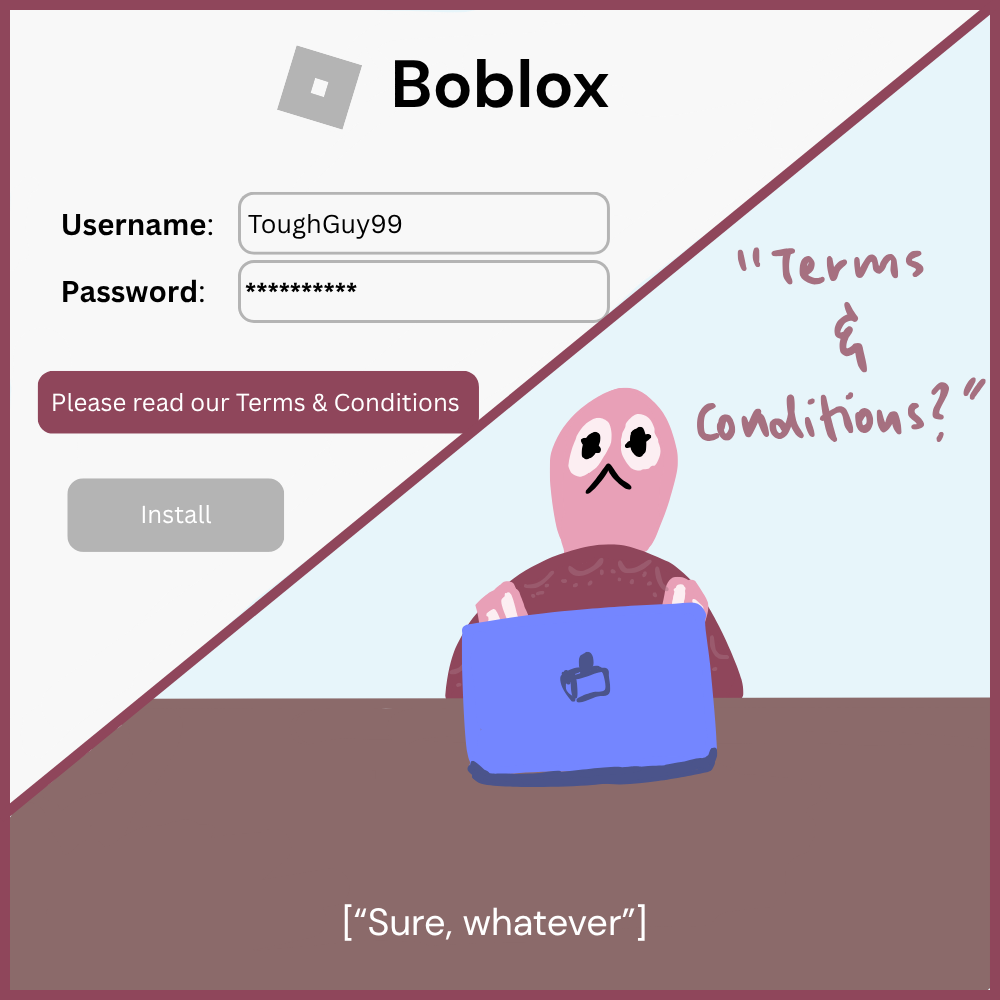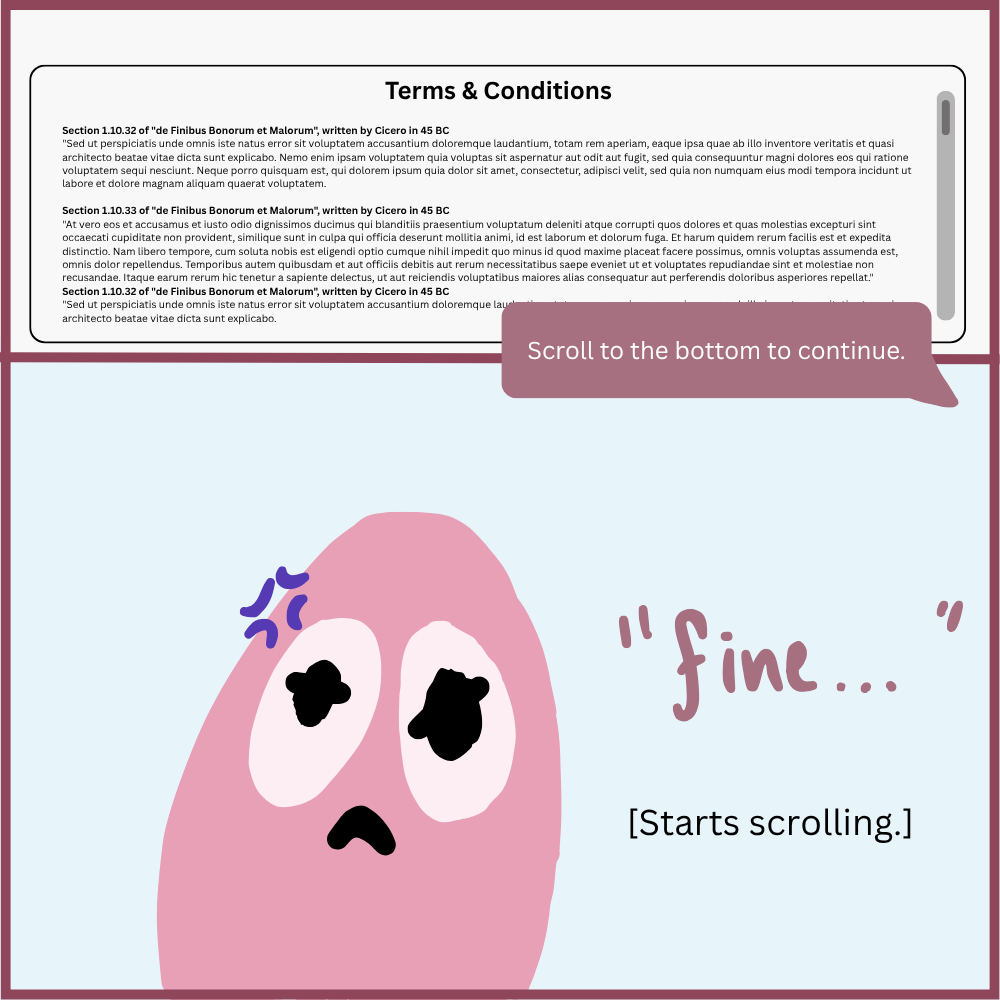A Breach of Trust and Infrastructure: The Cybersecurity Failures Behind the Change Healthcare Attack
Healthcare organizations are among the most fundamental entities that provide essential services while safeguarding vast amounts of sensitive patient information, and yet they are the prime targets of cyberattacks.
In 2024, Change Healthcare — one of the largest healthcare transaction management companies in the U.S. and a subsidiary of UnitedHealth Group — suffered a devastating ransomware attack conducted by a Russian RaaS (Ransomware as a Service) group called ALPHV/BlackCat, resulting in the breach of sensitive patient data, including Protected Health Information (PHI), Social Security Numbers (SSNs), and other personally identifiable information (PII). Attackers took advantage of weak security practices, such as the lack of MFA (Multi-Factor Authentication), which contributed to losses exceeding $1 billion for UnitedHealth.
To elaborate, the malicious actors were initially able to obtain valid login credentials (either through phishing, purchase on the dark web, or info-stealer malware), which then gave them access to Change Healthcare’s Citrix remote access portal — an interface that allows “authorized” users to access a company’s internal systems and files from a remote location. This was possible due to the absence of MFA, and no security alerts were triggered when the attackers gained access. Once inside, the attackers spent 9 days moving through the network undetected while exploring systems, gaining higher access and exploiting the lack of network segmentation (network segmentation is the practice of dividing a system into smaller, isolated segments to limit potential damage from security breaches). Furthermore, the hackers exfiltrated terabytes of sensitive data such as medical diagnoses, payment and insurance data, and government-issued IDs, abusing the absence of real-time Data Loss Prevention (DLP) systems.
Finally, on February 21, the attackers encrypted critical systems and demanded a ransom of $22 million in Bitcoin, which was provided by UnitedHealth. However, the sensitive data was later observed to have been leaked on the dark web, which ALPHV affiliates claimed was because they hadn’t been paid. Sadly, around 100 million individuals were affected, and it’s a shame that such big organizations have failed to recognize the fact that even the smallest crack can collapse the strongest wall.




